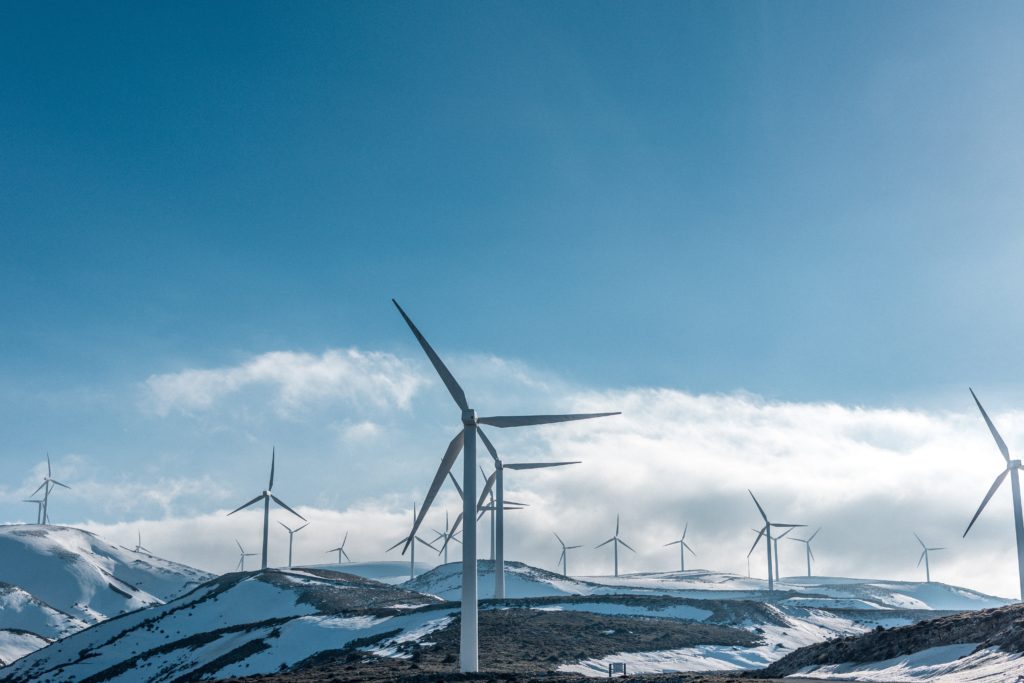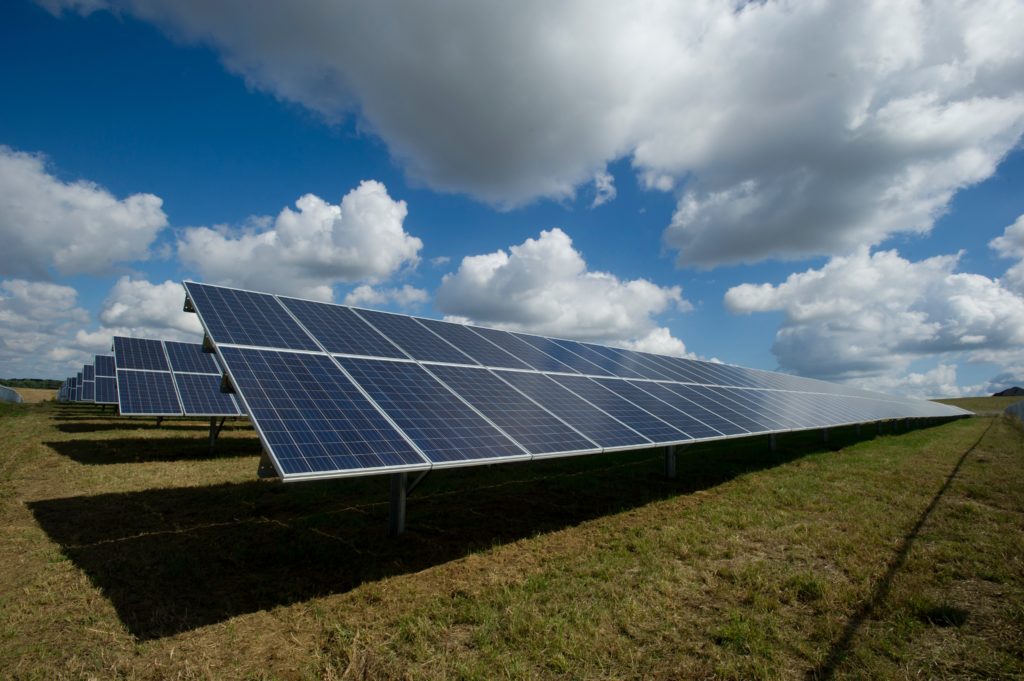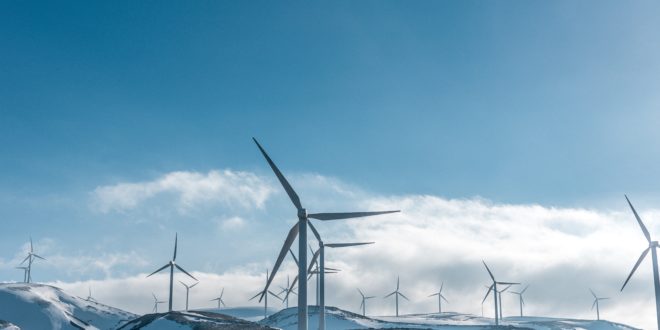At political level at least – and with the glaring exception of Donald Trump’s America – there is now a strong global commitment to moving from reliance on fossil fuels (oil, natural gas and coal) to the use of renewable energy only. This theme is now being picked up by business and will influence what is produced and by what means, and it is likely that changes will occur in the energy infrastructure to accommodate the increasing production and use of renewable energy. These practical changes will really “change the game” in favour of renewables and are a necessary – but maybe not sufficient – element in making the political commitment a reality.
However, there is a long way to go to get to the point where renewables are the “new normal” and the road to this end-point may be rocky if not impassable. In this respect New Zealand is apparently in a very favourable position compared with most other countries because our electricity system is already about 80% renewable. For us the key challenges are in the road transport and agriculture sectors where fossil fuel use still dominates. However, pressure will come on the electricity system as the transition progresses, as the most favoured transport alternative to petroleum fuels is the electric vehicle.
In other countries the electricity systems are already under significant pressure, because the fall back of installed hydro is not available, or not available to the same extent. How other countries adapt or respond to this is of key interest to New Zealand, because we are a trading nation and cannot afford to be out of step with our main trading partners.
Europe and China – both significant trading partners – provide interesting contrasts in how the electricity transition is progressing.
In Europe there is a genuine political commitment to renewables and this has been backed up by Government subsidies – particularly for wind energy. However, the economic reality is that renewables such as wind are still much more expensive than other forms of generation – particularly when the availability and reliability of wind energy is considered – and the impact on energy production has been less than hoped for, despite subsidies. In several countries there is now significant concern over the cost and affordability of continuing subsidies and this in turn has significant implications for the rate of transition. The next few years are likely to be crucial in terms of either re-energising the transition or the transition stalling. In this respect I don’t think current technology will do the trick – it will take a step change in technology, which is able to substantially trim costs and/or deal cost-effectively with the need to match the energy production profile of new renewables with demand, to maintain momentum.

China is a very different case. Despite a prima facie commitment to renewables – which is backed up by a significant development programme – the backbone of electricity generation in China is provided by coal. At one point China was commissioning new coal fired generation capacity at the rate of one station per fortnight. There is now what seems to be a genuine desire to reduce coal fired generation, but it is driven by the need to lessen air pollution in cities such as Beijing rather than a desire to promote renewables. Coal fired generation is still likely to dominate the electricity sector in China for the foreseeable future, because nothing else can keep pace with the rate of economic growth. It remains to be seen whether renewables begin to substantially reduce coal fired generation at some point, or whether it proves to be “all smoke and mirrors”.
So what are the key issues here?
It is illuminating to look at the feasibility and sustainability of the logical end point which is the complete phasing out of fossil fuels and their replacement by renewables. The costs imposed by this are likely to be much greater than currently indicated. The reason for this is that most renewables (particularly solar and wind) have a very high capital cost and a small or negligible operating cost. The cost of production (or generation) is thus dominated by capital cost. The capital facilities installed (eg the turbines for wind energy, solar panels for solar energy, and dams for hydro energy)) have a high content of materials such as concrete and steel. These materials are in turn very energy intensive to produce, and the energy is at present almost entirely provided by fossil fuels. The paradox is thus that although wind energy (for example) is called a renewable, it exists on the back of the use of relatively cheap fossil fuels to provide the materials for the turbines.

Consider a situation where fossil fuels have been entirely phased out. Because the capital facilities for renewables must now be produced using renewable energy, which is more expensive than fossil fuel energy, the cost of the capital facilities must increase and this increase must thus be reflected in an increase in the cost of the energy. This then feeds back into the production of the materials for providing the capital facilities, resulting in an increase in the cost of the renewable energy produced; and so on …. This “vicious cycle” of increasing costs should eventually stabilise, but it will be at a cost of production which is substantially higher than that indicated by present day costs. This higher cost will in turn impact negatively on economic prosperity or GDP. Environmentalists would say that this is just the cost we have to pay for a renewable future, but whether the general populace would agree and simply wear this impact is debatable.
The glib answer to this dilemma is to assume that advances in technology will come to the rescue and reduce renewable costs to the point where the impact of full fossil fuel replacement is modest and not a huge concern. You can’t rule this out. The other possible answer is that fossil fuels will continue to have a much reduced but important role in specialist applications to which they are particularly suited, or difficult to replace.
Which ever way it goes, it is likely that the large economies – especially the US, Europe, the UK (assuming Brexit proceeds), China and possibly India – will point the direction, and smaller economies like New Zealand will find it difficult not to follow this lead. The implication for New Zealand is to be careful not to get too far ahead of the game. In other words we should aim to be “fast followers” rather than being far out in front and finding ourselves isolated.
This is another of Bas Walker’s posts on GrownUps. Please look out for his articles, containing his Beachside Ponderings.









Join the Discussion
Type out your comment here:
You must be logged in to post a comment.